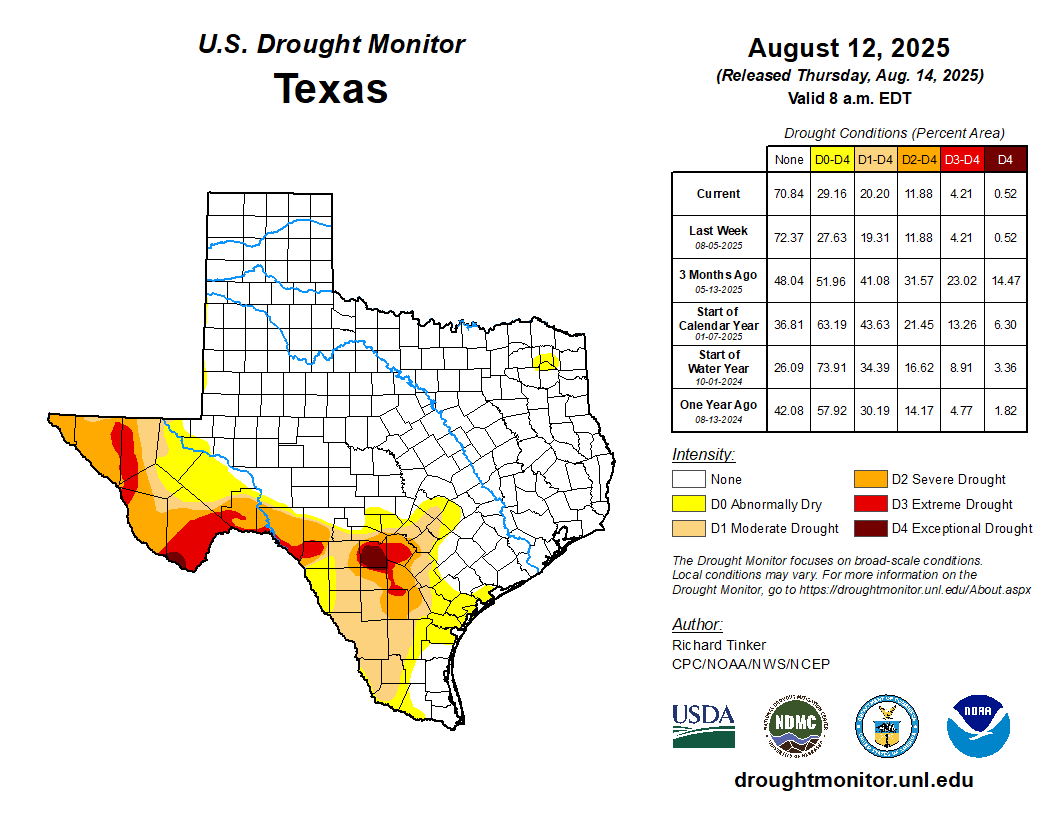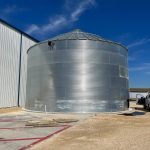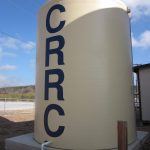The Current
Edition: February 2024
The Current is the monthly newsletter of Innovative Water Solutions where we highlight the great stuff happening at our company and also bring you up-to-date with some of the current water news that could affect you. We hope you enjoy the newsletter!
Table of Contents
- Blog Post of the Month: Back to Nature: This Old House Magazine
- FAQ Post of the Month: The benefits of rainwater harvesting in an urban environment
- Residential Project of the Month: Westlake Hills Project
- Commercial Project of the Month: Wheatsville Food Co-op
- Water News Article #1: Catalonia is bringing in water by boat to top up dwindling supplies
- Water News Article #2: China in risk zone as an extra 3 billion people worldwide face ‘lack of clean water by 2050’ because of pollution
- Water News Article #3: Exceptional drought’ declared for first time by Austin-area aquifer district
- Water Conservation Tips
- Current Texas Drought Conditions
- Current Texas Water Calendar
- Video: After massive LA storms, how does Los Angeles capture rain water?
- What is Xeriscaping?
“In nature nothing exists alone.”
―
Blog Post of the Month
Back to Nature – This Old House Magazine
April, 2007 This Old House® Magazine ran a story about the rainwater harvesting system that we installed as part of the Austin project house. Back to Nature by Jeanne Huber Here is a clip from [...]

Blog Post Title (linked)
Blog Post Date
Blog post excerpt. Click edit button to change this text. Lorem ipsum dolor sit amet, consectetur adipiscing elit. Ut elit tellus, luctus nec ullamcorper mattis, pulvinar dapibus leo.
FAQ Post of the Month
The Benefits of Rainwater Harvesting in an Urban Environment?
In our rapidly urbanizing world, where concrete jungles seem to be replacing natural landscapes, the importance of sustainable practices cannot be overstated. One such practice that holds the key [...]
Residential Project of the Month
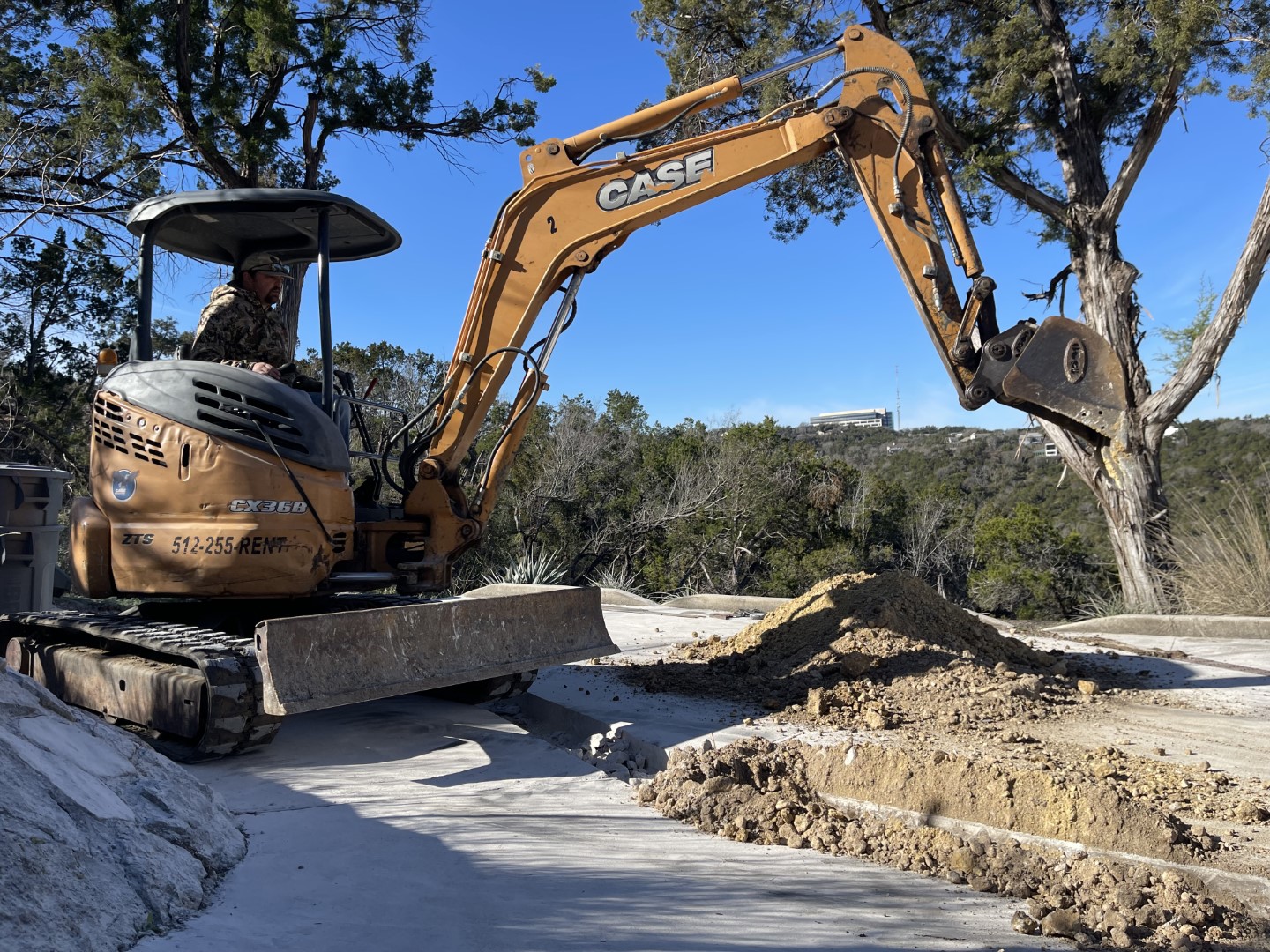
This drainage construction project in Westlake Hills aimed to enhance flood resilience by installing advanced drainage systems and redesigning water channels. However, the project faced some hurdles in obtaining permits and navigating governmental regulations. From environmental assessments to zoning ordinances, each phase demanded meticulous planning and adherence to compliance standards, highlighting the complexities of urban infrastructure development.
Even with some bureaucratic challenges, the project remained committed to protecting Westlake Hills from flooding. Through engagement with regulatory bodies and community involvement, the project navigated administrative protocols and ensured alignment with regulatory guidelines. Through transparency and collaboration, the project embodies the community’s determination to address environmental challenges and build a more resilient future.
Commercial Project of the Month
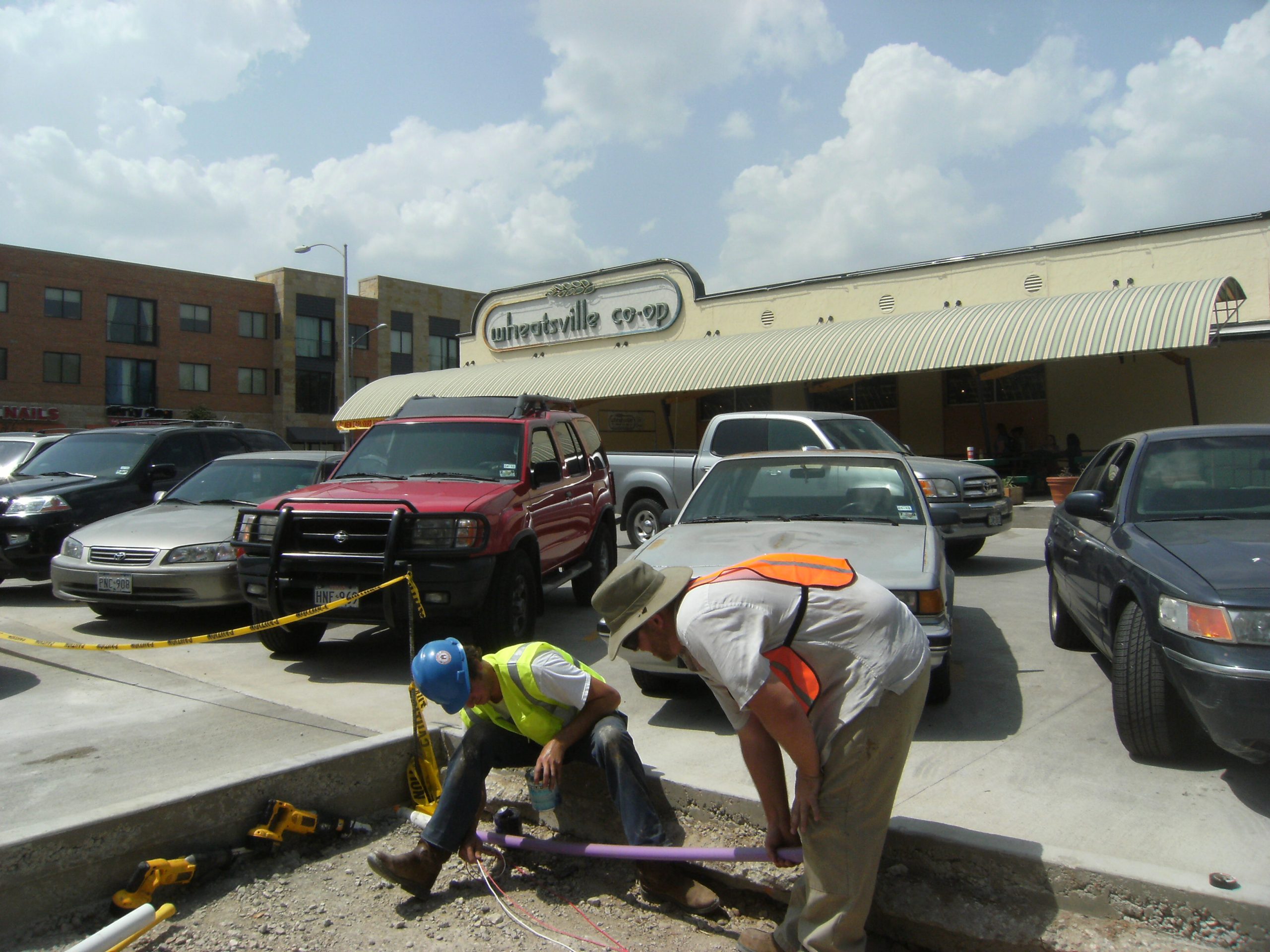
“Wheatsville Food CO-OP is a full service, natural foods cooperative grocery store, which has been serving the central Austin community since 1976. Wheatsville is the only retail food cooperative in Texas and has over 24,000 invested owners. Invested owners participate democratically and financially in the co-op.”
Innovative Water Solutions installed two 500 gallon water tanks that collect rainwater from the roof of Wheatsville’s Guadalupe Street location. The water is ran through irrigation lines to provide water to irrigate the property’s landscape.
This installation fit directly with Wheatsville’s mission statement: “The purpose of Wheatsville Co-op is to create a self-reliant, self-empowering community of people that will grow and promote a transformation of society toward cooperation, justice, and non-exploitation.”
Water News You Can Use

‘An exceptional solution’: Catalonia is bringing in water by boat to top up dwindling supplies
Catalonia is experiencing one of the worst droughts in living memory. At no point in the last century have water shortages been so severe.
The reservoirs that supply most of the region, including Barcelona, are at an all-time low – less than 16 per cent of capacity.
The dire situation has led authorities to declare a state of emergency. They have introduced a series of restrictions on water use including a ban on filling hotel swimming pools, restricting the irrigation of green areas and reducing consumption by the rural sector.
To make up for extreme shortages, the Spanish government is planning to ship desalinated water to Catalonia.
This joint plan between the Ministry of Ecological Transition and the Regional Ministry of Climate Emergency of the Valencian Community would bring desalinated water by boat from the port of Sagunto just north of Valencia.
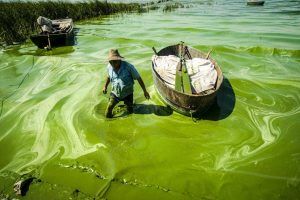
An additional 3 billion people worldwide may lack clean drinking water by 2050, with China among the areas most at risk, a global study has projected.
A team of researchers in Germany and the Netherlands estimates that small river basins in southern China, central Europe, North America and Africa will become water scarcity hotspots because of high nitrogen pollution levels.
“Our assessment shows that nitrogen pollution in rivers [was] an important cause of water scarcity in 2010 and will likely continue causing water scarcity in 2050,” the team wrote in reporting on their modelling study.
“This calls for urgent proactive pollution control strategies to reduce the impact of future potential water scarcity on nature and humans,” the researchers said in their paper published in peer-reviewed journal Nature Communications on Wednesday.
A separate peer-reviewed study published in 2016 by scientists in the Netherlands found that 4 billion people – half of them in China and India – experience severe water scarcity at least one month each year.
Worldwide, 500 million people face severe water scarcity all year round.
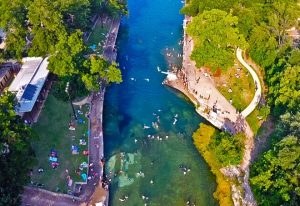
Exceptional drought’ declared for first time by Austin-area aquifer district
For the first time in its 36-year history, a water conservation group is declaring an exceptional drought in the Austin area.
Despite recent rain, the Barton Springs/Edwards Aquifer Conservation District (BSEACD), which oversees some of our most beloved waterways, declared a Stage IV Exception Drought late Thursday.
Officials said one of its monitor wells in South Austin hit a new low, meaning well owners and water service providers across the area will need to reduce their use by at least 30%.
“The only way for groundwater resources to recover and end these drought conditions is a long period of widespread and significant rainfall … Until this occurs, community members in and outside of the district can do their part by actively conserving water resources.”
More to Explore
Water Conservation Tip
1. TIMING IS EVERYTHING
Know how much water your landscape actually needs before you set your sprinkler. Your local utility can offer recommendations for how much water certain plants need in your region and best times to water. Generally, it’s best to water lawns and landscapes in the early morning and evening, after the sun goes down, because significant amounts of water can be lost due to evaporation during the heat of the day.
2. TUNE UP YOUR SYSTEM
Inspect irrigation systems and check for leaks and broken or clogged sprinkler heads.
Fix sprinkler heads that are broken or spraying on the sidewalk, street, or driveway.
Did you know? Just one broken sprinkler head can waste up to 25,000 gallons of water over a six-month irrigation season.
3. SEPARATE YOUR PLANTS INTO ZONES
When planting, assign areas of your landscape different hydro-zones depending on sun/shade exposure, soil and plant types, and type of sprinklers, then adjust your irrigation system or watering schedule based on those zones’ specific needs. This helps you avoid overwatering some areas or under-watering others.
Texas Drought Monitor
SOURCE: National Drought Mitigation Center (NDMC), the U.S. Department of Agriculture (USDA) and the National Oceanic and Atmospheric Association (NOAA).
Texas Water Calendar
Video: After massive LA storms, how does Los Angeles capture rain water?
What is Xeriscaping?
Xeriscaping is a landscaping technique that focuses on creating visually appealing outdoor spaces while conserving water and minimizing maintenance requirements. Originating from the Greek word “xeros,” meaning dry, xeriscaping is particularly popular in arid and drought-prone regions where water conservation is critical.
Key principles of xeriscaping include selecting drought-tolerant plants that require minimal watering, incorporating efficient irrigation systems such as drip irrigation or rainwater harvesting, improving soil quality through mulching and composting to retain moisture, and using hardscape elements like rocks, gravel, and pathways to reduce the need for water-intensive grassy areas.
By implementing xeriscaping practices, homeowners and landscapers can significantly reduce water usage, lower utility bills, and create sustainable landscapes that thrive in challenging environmental conditions. Additionally, xeriscaping promotes biodiversity and supports native plant species, contributing to ecosystem health and resilience.
Social Media and More
Not a subscriber to our monthly newsletter? Why not? Join the fun below…
Thirsty for more? See our previous month’s newsletters below.




